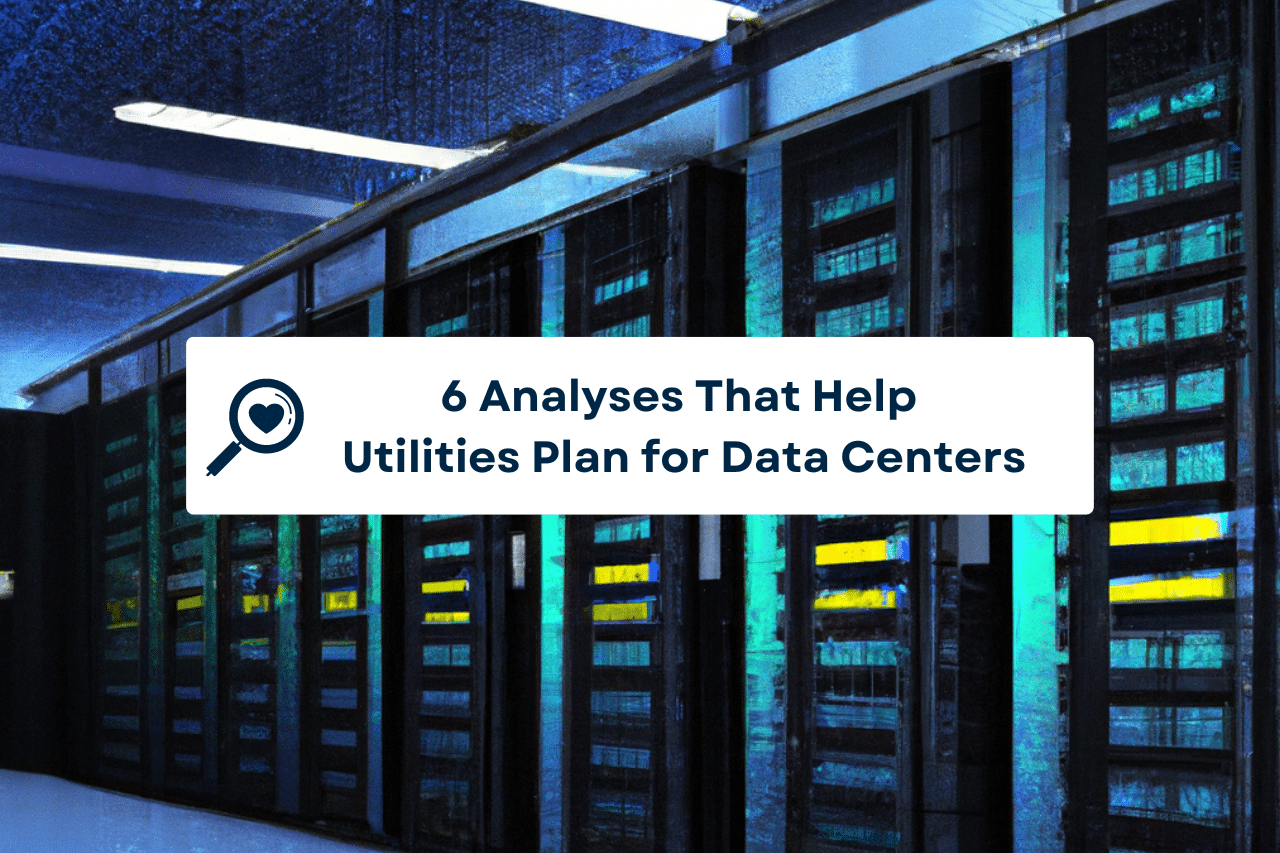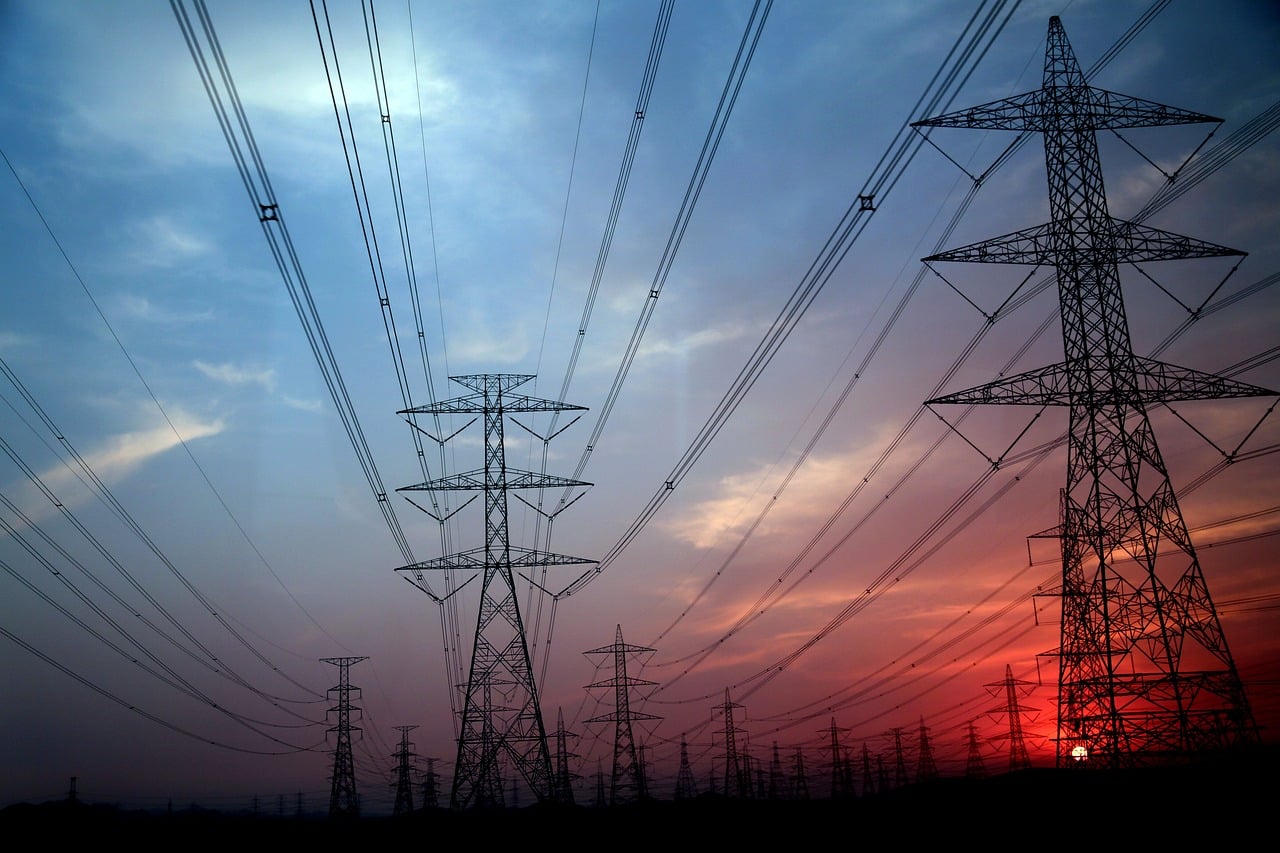Introduction
Electric utilities seek to use digital twins as a method of building a more resilient, distributed, and renewable electric grid. Built on massive amounts of data created by devices within the grid and at grid edge, digital twins rely on data lakes and data warehouses to store and make use of it. Our team at Awesense often gets questions about data lakes, data warehouses, and their role in the development of electric grid digital twins, so in this blog post we’ll explore what they do and why they’re important for building the future electric grid.
Let’s Define: What is a data lake and what is a data warehouse?
Data lake definition
A data lake is a centralized repository that allows you to store all your structured and unstructured data at any scale. You can store your data as-is, without having to structure it first. This includes everything from raw binary data to semi-structured data like JSON files. In the context of electric utilities, a data lake might store vast amounts of sensor data from smart meters, weather data, maintenance records, and more.
Benefits of data lakes
- Scalability: Data lakes can handle the massive amounts of data generated by modern electric grids.
- Flexibility: They support a variety of data types and formats, which is essential for integrating diverse datasets such as IoT data from sensors and logs from power plants.
- Cost-effective storage: Data lakes offer a cost-efficient way to store large volumes of data, which is particularly useful for the historical data that utilities must keep.
Data warehouse definition
A data warehouse is a repository for cleansed, filtered, structured and interconnected data that has already been processed for a specific purpose. It is designed to enable complex queries and analysis, making it ideal for business intelligence. For electric utilities, a data warehouse might aggregate data from the data lake, clean it, and structure it to provide the foundation for a large amount of analytics and use case development, for example, insights on energy consumption patterns, operational efficiency, and predictive maintenance schedules. The data warehouse can thus effectively house the digital twin of the grid and enable key business decisions.
Benefits of data warehouses
- High-Performance Analytics: Data warehouses are optimized for read-heavy operations, providing fast and reliable access to processed data.
- Structured Data: They store data in a highly organized manner, which is ideal for running complex queries and generating reports.
- Business Intelligence: They serve as a single source of truth for analytics, helping utilities make data-driven decisions.
How do data lakes and data warehouses interact?
In an optimal setup, data lakes and data warehouses complement each other. Raw data is first ingested into the data lake. Data scientists and engineers can explore this data to understand, cleanse, and then transform it so that its contents are trustworthy and it is in a format that is much easier to use for analytics. Establishing this format is typically akin to defining a schema or data model. Furthermore, the cleansing process often involves particular kinds of usages of AI and machine learning (ML) techniques for identifying and fixing errors. Once the data is thus processed, it can be moved into a structured data warehouse made ready for business analysis and further AI or ML use cases that require clean, trusted data as inputs.
How can an electric utility use a data lake and a data warehouse?
For instance, an electric utility might use a data lake to store real-time data from smart meters and a data warehouse to analyze monthly energy consumption patterns and forecast future demand. The lake might also store historical dumps from a GIS management system, whereas the data warehouse would provide a cleansed and easy-to-query transformation of this data, linking it to the meter data and thus enabling a myriad of analytical use cases like investigating infrastructure overload, capacity for DERs, and so on.
Why a data lake alone is not enough
While data lakes provide the flexibility to store and analyze vast amounts of unstructured data, they often require significant data engineering resources to maintain. Without proper management, data lakes can become data swamps, where the sheer volume of unprocessed data becomes unwieldy. Furthermore, they are not optimized for querying structured data quickly, so significant effort is required to retrieve meaningful business insights directly from data lakes. Here is where data warehouses come in. Electric utilities use data warehouses for fast, reliable access to processed data for reporting and decision-making. Without a data warehouse, the data remains unstructured and harder to analyze for non-technical stakeholders, slowing down decision-making processes.
Conclusion
For electric utilities, combining the strengths of both data lakes and data warehouses is essential. Data lakes offer the flexibility and scalability needed to handle diverse and large datasets, while data warehouses provide the structure and speed required for business intelligence and analytics. Together, they enable utilities to harness the full potential of their data, driving efficiency and innovation in grid management and operations.
How can we help?
The Awesense Platform is a grid data warehouse specialized for electric utility data and doubling as a grid digital twin. It comes complete with an Energy Data Engine™ for data cleansing when bringing in data from sources like a data lake, an Energy Data Model (EDM) to represent the structure of the data, an out-of-the-box digital twin explorer and easy-to-use APIs for building analytics on top. For questions, you can reach out to our team via our contact page or reach out to tools@awesense.com with questions about our applications.




